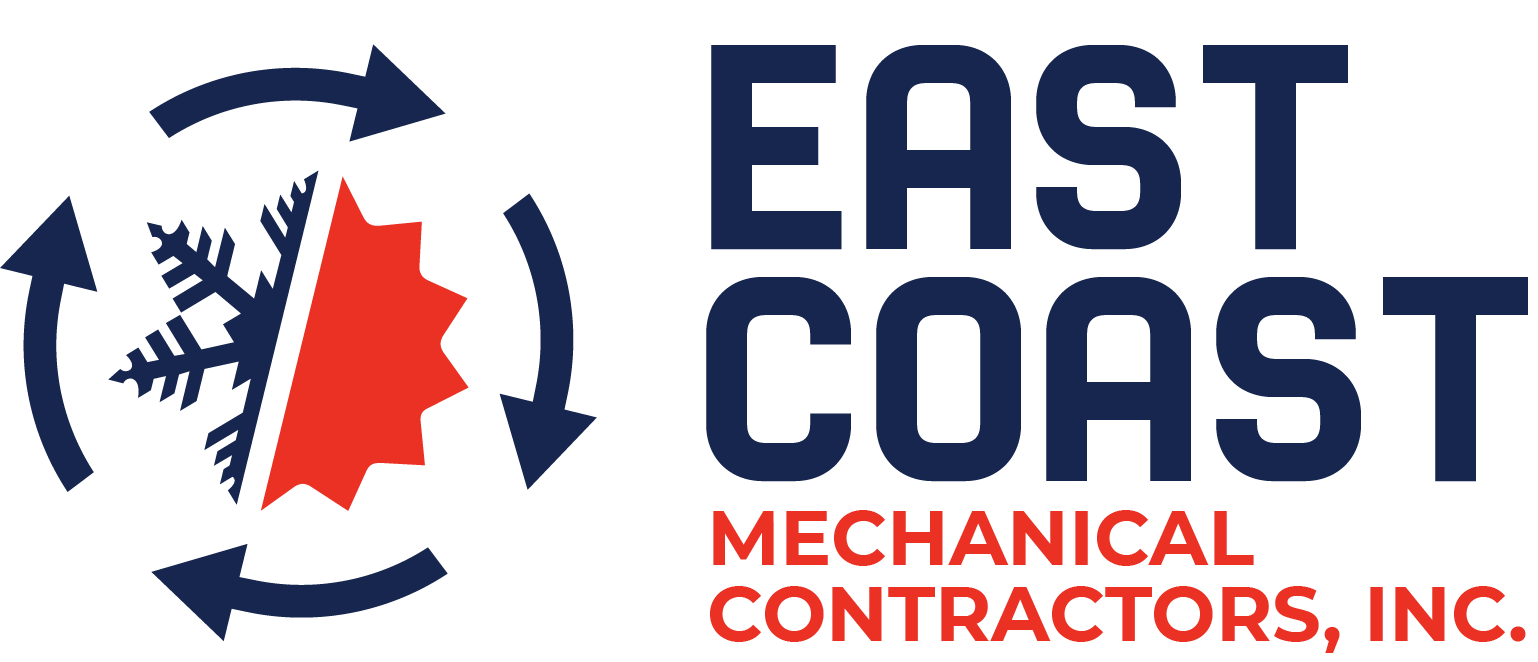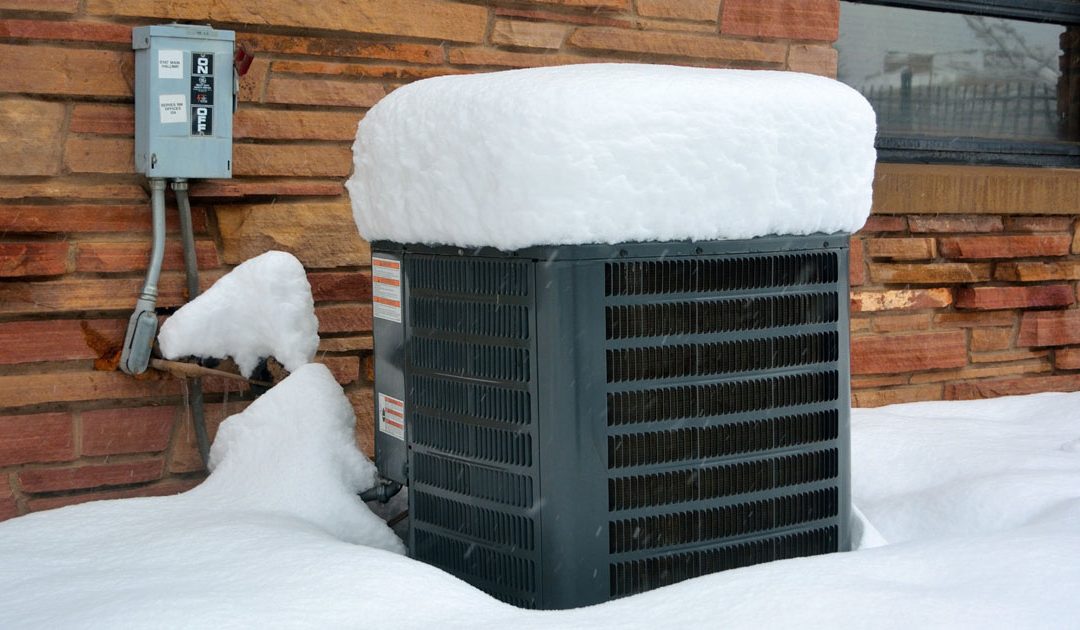Game of Thrones fans are well aware of the expression “Winter is Coming.” Homeowners, even those who’ve never watched the show or read the books, need to heed the same warning. Winter is coming. Temperatures are dropping. An efficiently running furnace helps you and your family stay comfortable during colder weather, not only by increasing your comfort, but also by minimizing your utility bill. In addition, an efficient furnace properly maintained is a furnace less likely to need frequent furnace repairs. All it requires is for you to follow a few simple and easy to perform furnace maintenance steps.
- Change your furnace filter
- Change your thermostat batteries
- Program your thermostat for winter weather
- Prepare furnace for winter operation
- Perform furnace maintenance safety check
- Inspect furnace ductwork
Furnace prepare for winter
-
Change Furnace Filter
One of the easiest yet most important ways to maintain your furnace is to change the filter, at the start of the winter season and then again in the spring. This is just a simple matter of following the furnace operating manual to find the appropriate filter type, size and rating, then determining the filter’s location in the furnace, and swapping it out.
You might be inclined to vacuum out the dirt from the old filter and reuse it. That’s a classic example of “penny wise and pound foolish.” An old dirty filter, even one that you managed to get some surface dirt off it, is still an old dirty filter. The relatively little money you spend on a new filter prevents a whole number of potential costly problems.
A dirty or clogged filter not only hinders your indoor air quality but makes your furnace work harder. A furnace that has to work harder is less efficient, costing you money, but also shortens the lifespan of your furnace, which costs you more money to replace parts, or even the entire furnace.
Here’s why: A dirty and clogged filter restricts much needed air flow for your furnace. This causes your furnace to short cycle due to overheating. An overheated furnace trips your High Limit switch and shuts the furnace down as a safety precaution. Which means your house isn’t getting properly heated. It can also cause other components to fail prematurely. These include your circuit board, blower motor, capacitor and inducer motor. If your heating system is constantly cycling (shutting on and off), even after you change the filter, you may want to have an HVAC specialist come out and ensure all components are working up to manufacture specifications and standards.
-
Change Thermostat Batteries/Reprogram Thermostat
Change your thermostat batteries at the beginning of each heating season. Fresh batteries in your thermostat ensure you won’t wake up freezing some cold winter morning because your thermostat isn’t working and hasn’t triggered your furnace to start heating. And your furnace won’t need to work that much harder to restore a comfortable temperature.
Also, by the way, it’s a good idea to keep a well-stocked stash of replacement batteries on hand. Because if you wake up in the middle of the night freezing cold and your thermostat is dead and you don’t have any batteries, well, you had best have some extra blankets.
In addition to changing your thermostat batteries at the start of the season, equally important is to reprogram your thermostat. Set a program that fits your schedule during the colder weather and switch from daylight savings time to standard. For example, if you prefer to have a warmer home in the early morning when you usually wake up, set the thermostat to come on 20 minutes before you wake up. If you are going to be out of the house during the week, set the thermostat to run at a lower temperature during that time and then heat up when you usually return. That saves energy and wear and tear on the furnace, which saves you money.
There are a variety of thermostat manufacturers, and they all are programmed in different ways. Some old thermostats lack a programming function; if your thermostat isn’t programmable, it saves money to upgrade. Consult your thermostat manual for directions on how to program your device. If you no longer have the manual, it’s easy enough to research your thermostat model online and find directions. You can also search YouTube or contact your HVAC specialist.
-
Clear Furnace Flue and Surrounding Clutter
Your furnace needs room to breathe. Literally. Your furnace should be clear of clutter and debris up to 30 inches or more per manufacturer specifications and most city codes and standards. This allows for enough air to use for combustion of the heating element as well as safe and smooth operation. It also allows room for your HVAC service technician to thoroughly inspect and service your system.
That said, your furnace is in a cellar, attic or crawl space where stuff tends to collect. So, make a habit of cleaning the area around your furnace at the start of every heating season. If your combustion flue, also called the exhaust because it moves combustible by-products safely out of your house, is accessible, make sure it is cleared of debris or any critters that may have made a home during the warmer months. These are usually located on the roof but occasionally located on the sidewall of the home or above the garage.
Be extremely cautious when inspecting your flue. Make sure the furnace is not running! Your flue should be sealed and not allow any critters to make a home from your original installation as this is a city code and manufacturer recommendation. If you are unsure of its location, contact your HVAC specialist to come out to locate and inspect the flue for you.
A final step is to run your furnace for 30 minutes with the windows open, preferably before colder weather arrives. This helps circulate and remove dirt, dust and debris that has built up on your Heat Exchanger, the heating element in your furnace. Otherwise, if you wait until winter when your windows stay closed, you’ll experience a slight burning smell as your indoor air quality declines with dirty air circulated throughout the house.
-
Routine Maintenance and Safety Check
Your furnace is a mechanical system. And just like any mechanical system, with an array of interacting motors, electrical and gas components, it is important to inspect yearly to ensure everything is in good working order. Many homeowners think if the system is only a year or two old, it is fine to skip maintenance.
It’s not! For the same reason you wouldn’t purchase a new car and decide to skip the first couple of oil changes. In fact, the most important time to start your yearly maintenance is with a new furnace. Your HVAC system is the largest and most expensive home appliance in your home, so it is extremely important to take care of it from the start.
If it has been a while since your last routine maintenance, make sure to ask for a thorough safety inspection and detailed health report from your HVAC provider. It’s best to sign up for a yearly maintenance program, as this will both save you money and ensure your furnace maintenance is performed regularly.
-
Get Your Ducts in a Row
Over the warmer months critters like to find a nice nesting place and your ductwork and surrounding insulation is an ideal location. Also, the conditions of your attic or crawl space year over year can cause the duct work to deteriorate over time. This can hinder the efficiency of your duct system that delivers heating and cooling throughout your home. In addition, if you have recently had any service personnel in your crawl or attic space, they can sometimes cause damage to your duct work. If you start to feel hot or cold spots in your home due to imbalanced airflow, that’s a key indicator of potential new damage to your duct system.
Which is why a yearly inspection of your ductwork is recommended to look for any new tears or breaches, deterioration, insulation falling off or ductwork falling down. But if, and only if, your ductwork is easily accessible. Even so, it is best to use your HVAC specialist to inspect and, if needed, clean your ducts, especially If you are unsure of the duct system location.
Furnace prepare for winter
A mistake some homeowners make when turning on a heater after a long time is instantly switching from cooler to warmer temperatures. This is a big no-no because it puts unnecessary strain on your furnace. As a result, you may be looking at $130 to $1200 expense—the average cost of furnace repairs. When temperatures start dropping, turn off your AC without putting the heat on. Once it gets colder, turn the furnace on to a lower temperature to ease heat into your home. Then, slowly raise the temperature according to your desired comfort level.
Contact us
If you have furnace replacement for your office or home, join hands with a licensed and insured contractor at East Coast Mechanical. Email: ecmcecmc@aol.com Address: 5133 W Hurley Pond Rd Suite A, Wall Township, NJ 07727 Hours: Monday to Friday 8 AM to 5 PM and Closed Saturday and Sunday.
Phone: 800-300-ECMC or 732-751-8877

